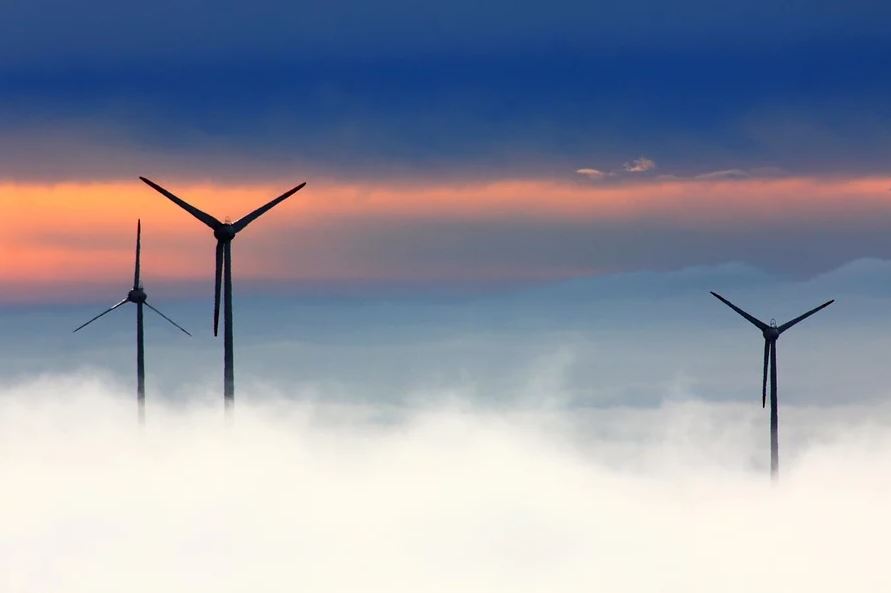The season's first widespread snowfall is on tap for portions of the Rockies and northern Plains this week, and it is expected to bring all the trappings of winter from heavy snow to gusty winds to bone-chilling cold, warn
AccuWeather meteorologists.
The winter weather event, expected to unfold in waves from Monday through Friday and impact more than a half-dozen states, could lead to significant travel disruptions from locally more than a foot of snow. Strong winds generated by the storm will also reduce visibility at times, and bitter cold air in its wake could challenge long-standing record-low temperatures.
The snow and cold will represent a dramatic change in the weather pattern across the region compared to last week, when dry, near-record warm conditions were the norm.
A blast of chilly air sets the stage for snow
A pattern change across the West will lay the foundation for the disruptive winter storm this week.
As a
cold front and atmospheric energy moves through, the first flakes will start to fly in the higher elevations of the Northwest and Northern Rockies on Monday and Monday night, say AccuWeather meteorologists. This includes the Cascades in Washington and Oregon, and the mountains in northern and southeastern Idaho, western Montana and northwestern Wyoming.
This initial wave of precipitation will be the least disruptive of the two expected to unfold this week across the West and Plains, and is expected to fall as mainly rain from the Great Basin to the foothill grasslands of Montana. It will, however, begin to cause temperatures to tumble.
That change in temperature will be nothing short of shocking compared to last week. In
Great Falls, Montana, temperatures which exceeded 80 degrees and set a record high last week will drop below freezing by Monday night, and stay there for nearly a week, according to the AccuWeather forecast.
The coldest air, straight from the Arctic regions, will arrive along with and behind the second, more significant wave of snow later in the week.
Mid- to late-week storm could bring near-blizzard conditions
The snowstorm forecast to unfold later in the week will be nothing short of the first significant winter storm the nation has seen so far
"Time should be taken early this week to prepare by unpacking winter gear like shovels, coats, hats and gloves," said AccuWeather Meteorologist Joseph Bauer. "It can be a good idea to start up snow removal equipment like snowblowers to ensure they function properly."
A potent area of low pressure will move ashore in the Pacific Northwest on Tuesday, causing snow to break out again over the Washington Cascades into Tuesday night. Accumulations of 6-12 inches are forecast here into Wednesday, including at pass levels.



















